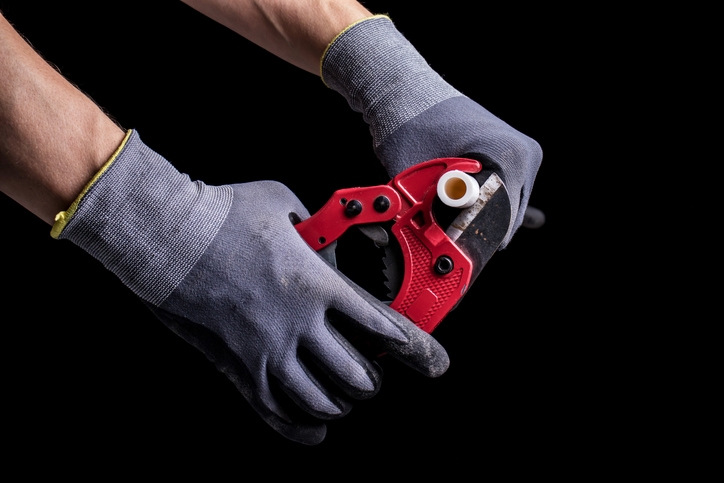Dec . 10, 2024 16:41 Back to list
ppr water line factory
Understanding PPR Water Line Factory Quality, Innovation, and Sustainability
In the realm of modern plumbing, the choice of piping material plays a crucial role in ensuring efficiency and longevity. Polypropylene Random Copolymer (PPR) has emerged as a preferred option for water supply systems, particularly in residential and commercial settings. The PPR water line factory occupies a pivotal position in this industry, facilitating the production of high-quality piping solutions that cater to diverse plumbing needs.
The Evolution of PPR Pipes
PPR pipes made their debut in the late 20th century and have since transformed the plumbing landscape. Known for their durability, resistance to corrosion, and superior thermal performance, PPR pipes offer significant advantages over traditional materials like metal and PVC. Their ability to withstand high temperatures and pressures makes them particularly suitable for hot and cold water applications. The PPR water line factory capitalizes on these benefits, utilizing advanced technology to manufacture pipes that meet international standards.
As the demand for reliable water delivery systems has increased, so too has the need for effective production facilities. Modern PPR water line factories are equipped with state-of-the-art machinery that allows for precision manufacturing. Automated systems ensure that pipes are produced consistently, minimizing variations in quality. Furthermore, strict quality control measures are enforced at every stage of production, from the selection of raw materials to the final inspection of finished products.
The Production Process
The manufacturing process in a PPR water line factory involves several key steps. Initially, high-grade polypropylene pellets are sourced, which serve as the primary raw material. These pellets are then subjected to a melting process where they are heated and extruded into various pipe diameters. Following extrusion, the pipes undergo a cooling phase, after which they are cut to the desired lengths.
One of the standout features of PPR pipes is their ability to be joined using a fusion welding technique. This method ensures that joints are robust and leak-free, which significantly enhances the integrity of the plumbing system. The factory's role in facilitating this technical skill is critical, as it trains its workforce to expertly execute fusion welding, guaranteeing a high level of workmanship.
ppr water line factory

Innovations in PPR Technology
As innovation continues to shape the plumbing industry, many PPR water line factories are at the forefront of developing new technologies. Recent advancements have led to the incorporation of additives that enhance the material’s properties, such as UV stabilization and anti-microbial features. These developments ensure that PPR pipes not only perform exceptionally well but also contribute to public health by preventing bacterial growth within the piping system.
Moreover, the integration of smart technologies in manufacturing has streamlined operations in the PPR water line factory. For instance, monitoring systems track production in real-time, identifying potential bottlenecks before they escalate into larger issues. Such proactive management not only boosts efficiency but also reduces waste, promoting sustainability within the factory.
Commitment to Sustainability
The PPR water line factory is increasingly aware of its environmental responsibilities. In response to growing concerns about plastic waste, many facilities are adopting eco-friendly practices. This includes sourcing recyclable materials and implementing waste reduction strategies throughout the production process. By emphasizing sustainability, PPR water line factories contribute to a circular economy, where materials are reused and lessened resources are consumed.
Additionally, PPR pipes themselves contribute to environmental sustainability. Their durability reduces the need for frequent replacements, and their energy-efficient manufacturing processes mean that they have a lower carbon footprint compared to alternative piping materials.
Conclusion
In conclusion, the PPR water line factory is instrumental in the evolution of plumbing solutions. By offering high-quality, innovative, and sustainable products, these facilities address the growing demand for efficient water management systems. As the industry continues to evolve, the role of the PPR water line factory will undoubtedly expand, ushering in new technologies and practices that will further enhance the way water is delivered and managed in our homes and businesses. Through their commitment to quality and sustainability, PPR water line factories are not just responding to market needs; they are setting the standard for the future of plumbing.
-
High-Quality PVC Borehole Pipes Durable & Versatile Pipe Solutions
NewsJul.08,2025
-
High-Quality PVC Perforated Pipes for Efficient Drainage Leading Manufacturers & Factories
NewsJul.08,2025
-
High-Quality PVC Borehole Pipes Durable Pipe Solutions by Leading Manufacturer
NewsJul.08,2025
-
High-Quality PVC Borehole Pipes Reliable PVC Pipe Manufacturer Solutions
NewsJul.07,2025
-
High-Quality UPVC Drain Pipes Durable HDPE & Drain Pipe Solutions
NewsJul.07,2025
-
High-Quality Conduit Pipes & HDPE Conduit Fittings Manufacturer Reliable Factory Supply
NewsJul.06,2025

